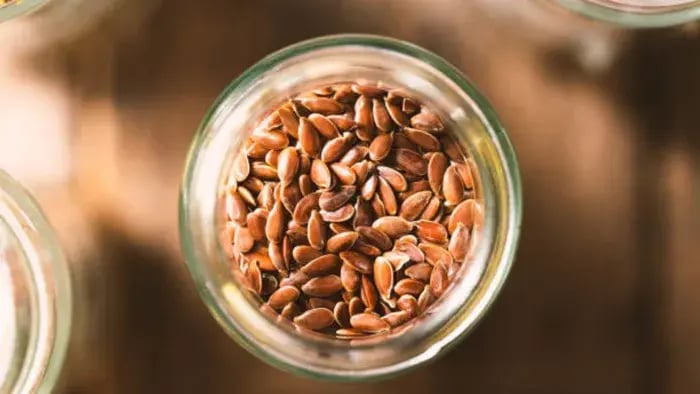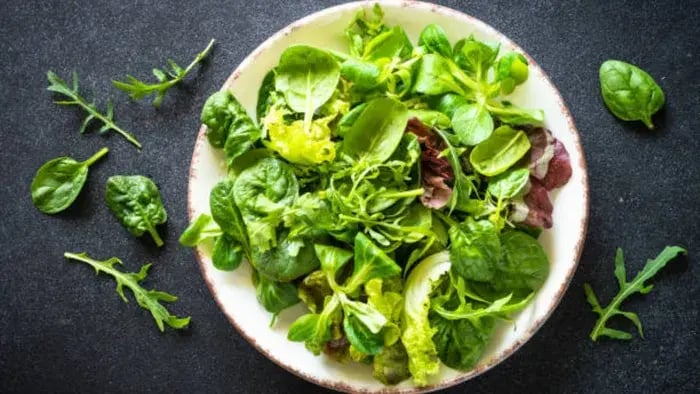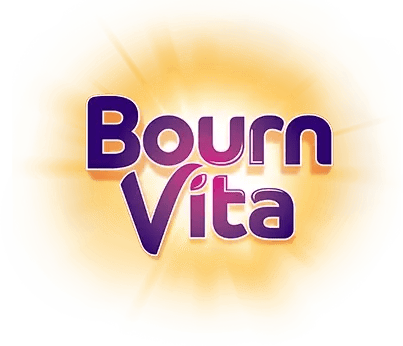- Flaxseeds: Tiny Seeds, Big Benefits
- Walnuts: Crunch That Counts
- Chia Seeds: The Soak-and-Swirl Superfood
- Canola Oil: The Everyday Cooking Hero
- Soybeans and Tofu: Plant Power on Your Plate
- Rajgira (Amaranth): The Forgotten Indian Supergrain
- Green Leafy Vegetables: Not Just for Iron
Introduction

Omega-3s are important for brain development and mood balance, heart health and immunity. They’re often associated with oily fish like salmon, but not everyone eats or likes seafood. For vegetarians, picky eaters or families avoiding fish due to allergies or preference, the good news is that Omega-3s aren’t just found underwater.
Nature has plenty of plant-based foods and enriched options that can fit into daily meals. It can be for packing your toddler’s tiffin, supporting your teen’s growing body or looking after your own well-being, there are fish-free ways to get your omega-3s. The key is knowing where to look and how to include them in forms that suit your age and routine.
As a study on Omega-3 Fatty Acids by NIH states, for young children, omega-3s support memory and concentration. For teens, they help with hormonal balance and skin health. And for adults, especially parents juggling work and home, these healthy fats keep energy steady and reduce inflammation—something your body will thank you for in the long run.
The right omega-3 rich foods can be simple, familiar and affordable. From seeds and oils to leafy greens and nuts, it’s about making smart swaps and consistent choices. Let’s see how to add more of these powerful nutrients to your plate—without fish.
Why Omega-3 Still Matters—Even Without Fish
When most people think of Omega-3, fish is usually the first thing that comes to mind. But what if your family follows a vegetarian diet, has food allergies, or just doesn't enjoy seafood? The good news is that your body can still get this essential nutrient from several non-fish sources. Omega-3 fatty acids help with everything from brain function and heart health to mood regulation and immunity.
Here are seven great options that work across age groups. Each of these foods can help bridge the omega-3 gap while also providing other essential nutrients.
Flaxseeds: Tiny Seeds, Big Benefits

According to a study published in, J Food Sci Technol. 2014, flaxseeds can be one of the richest plant sources of ALA (alpha-linolenic acid) omega-3s. Just one tablespoon of ground flaxseed provides around 1.6 grams of ALA. Use ground flaxseeds instead of whole, as they’re better absorbed that way. For toddlers, add a pinch to porridges or baked snacks.
Walnuts: Crunch That Counts
As per a study published in Nutrients. 2020 walnuts are not only tasty but are packed with ALA (alpha-linolenic acid). Just 4–5 halves a day can offer nearly 2.5 grams of omega-3s. This brain-boosting nut is ideal for school snacks, mixed into granola, or tossed into sabzi. They're also heart-friendly and rich in antioxidants, making them perfect for growing kids and adults alike.
Chia Seeds: The Soak-and-Swirl Superfood
Research conducted by, J Food Sci Technol. 2015, shows that chia seeds provide more omega-3 per gram than any other plant source. Just 1 tablespoon delivers almost 5 grams of ALA (alpha-linolenic acid). Soak them in water or milk to create a pudding, mix into curd, or blend into smoothies. They're great for hydration, too, thanks to their high fiber and water-absorbing nature, perfect for active children and teens.
Canola Oil: The Everyday Cooking Hero
According to the dietary guidelines for indians, while ghee and sunflower oil are common in Indian homes, switching to canola oil occasionally can add a healthy dose of omega-3s. With a high smoke point, it works well for regular cooking, from making parathas to tadkas. It's a simple swap that can benefit the whole family.
Soybeans and Tofu: Plant Power on Your Plate
Study conducted by Nutrients. 2018, suggests soy products like tofu and boiled soybeans are rich in omega-3s and protein, making them ideal for vegetarians. You can stir-fry tofu, blend it into gravies, or add soy chunks to pulao. They’re especially great for teens with high energy needs and adults looking to balance hormones and build muscle.
Rajgira (Amaranth): The Forgotten Indian Supergrain
According to the dietary guidelines for indians, rajgira, commonly used during fasting, is rich in ALA (alpha-linolenic acid) along with protein, calcium, and iron. Use rajgira flour to make rotis or laddoos, or try puffed amaranth in snacks. Its nutty taste is kid-approved, and it’s gentle on digestion, ideal for younger children and elderly family members.
Green Leafy Vegetables: Not Just for Iron
According to a study published in, Int J Vitam Nutr Res. 2001, leafy greens contain small amounts of ALA, but when consumed regularly, they contribute to your daily intake. Spinach smoothies, methi parathas, or saag with dal can sneak in these nutrients easily. They also pair well with omega-3-rich oils or seeds for a combined punch.
Conclusion

You don’t need fish to fuel your family with omega-3s. With a thoughtful mix of seeds, nuts, grains, oils, and greens, your daily meals can be balanced, nourishing, and supportive of long-term health. The trick is to start small, sprinkle, stir, swap, and let these foods become a natural part of your everyday routine.
Her love for storytelling began with reading her grandfather’s speeches, where Tarishi saw the power of words in creating lasting memories. Combining her passions for food and writing, she has turned her life into a fulfilling path of sharing stories that celebrate flavours and how food brings communities together.
The views expressed are that of the expert alone.
The information provided in this content is for informational purposes only and should not be considered a substitute for professional medical advice, diagnosis, or treatment. Always seek the advice of your physician or another qualified healthcare provider before making any significant changes to your diet, exercise, or medication routines.
References
https://pubmed.ncbi.nlm.nih.gov/11582857/
https://pmc.ncbi.nlm.nih.gov/articles/PMC5793271/
https://nin.res.in/dietaryguidelines/pdfjs/locale/DGI_2024.pdf
















